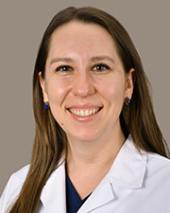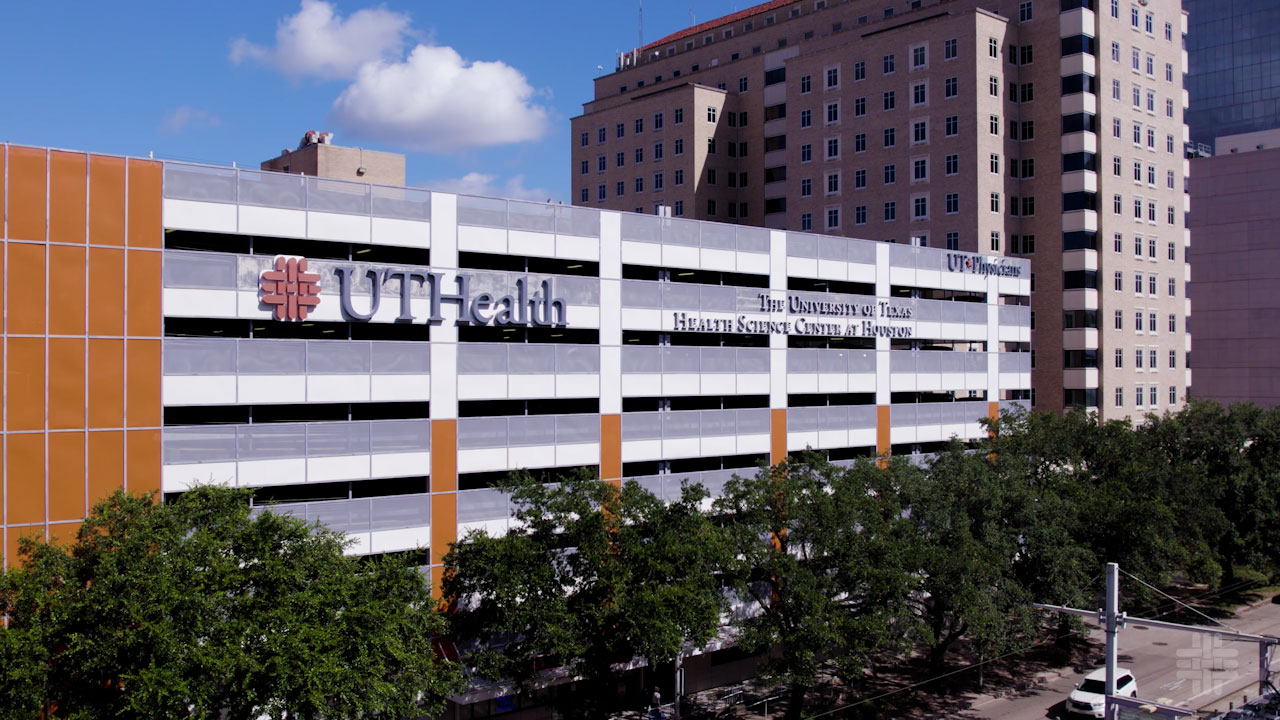- UTHealth Houston Fetal Center
- Fetal intervention for spina bifida
Fetal intervention for spina bifida
‘Cryopreserved Human Umbilical Cord as a Meningeal Patch in Fetoscopic Spina Bifida Repair (HUC-FICS Trial)’
Fetoscopic spina bifida repair
Where do you turn when you’re pregnant and learn your baby has spina bifida? The UTHealth Houston Fetal Center has a track record of outstanding outcomes in minimally invasive myelomeningocele repair. The Fetal Center was the first academic institution in the United States to offer fetoscopic repair using an innovative cryopreserved human umbilical cord (HUC) patch in a surgery performed at a tertiary care medical center that offers the highest level of care in maternal-fetal medicine, neonatal, and pediatric subspecialists.
Based on more than a decade of research conducted at McGovern Medical School at UTHealth Houston and The Fetal Center, and after the successful completion of an early feasibility trial to establish the safety of the procedure, we are actively enrolling patients in “Cryopreserved Human Umbilical Cord as a Meningeal Patch in Fetoscopic Spina Bifida Repair (HUC-FICS Trial).” This study is being conducted under a U.S. Food and Drug Administration Investigational Device Exemption.
All HUC trials are led by Ramesha Papanna, MD, MPH, professor of maternal-fetal medicine and UTHealth Houston chair in the Division of Fetal Intervention, who is internationally recognized for his research on improving outcomes following fetal intervention and investigating methods for the prevention of preterm delivery.
Patients who qualify for open in utero spina bifida repair are eligible and can choose to undergo fetoscopic repair in the HUC-FICS Trial. Following the surgery, patients stay in Houston for one to two weeks for postoperative evaluation. They then return home until 34 weeks of pregnancy, with weekly follow-up with their referring physician.
We recommend that mothers return to Houston at 34 weeks to deliver in Houston. However, mothers may deliver locally if a maternal-fetal medicine specialist/obstetrician and a pediatric neurosurgeon are available and willing to provide care for the mother and baby according to the study protocol.
The family will be asked to return with the child for follow-up evaluations at 12 months, 30 months, and 60 months after delivery.
About the innovative repair procedure at UTHealth Houston Fetal Center
The fetoscopic procedure differs from an open in utero repair, which requires a large incision on the uterus and delivery by cesarean section. Instead, the UTHealth Houston team repairs the spina bifida defect in two layers through three small incisions in the uterus using a fetoscope, high-resolution camera, and tiny surgical tools. The first layer is closed using the HUC patch placed over the spinal cord, followed by a second layer of primary closure of the skin. If the skin defect is large, the surgeons may use a second patch. Mothers, including those who come from other states, return home for the remainder of the pregnancy and undergo vaginal delivery unless there is an obstetrical indication for delivery by C-section.
Outcomes of Fetoscopic Repair at UTHealth Houston Fetal Center as of March 31st, 2025
- 110 cases completed
- No fetal deaths or perinatal deaths
- 106 delivered
- 46% patient delivered vaginally
- Average gestational age at delivery – 34 weeks and 6 days
- 30% experienced Premature Rupture of Membranes (PPROM)
- No cerebrospinal fluid (CSF) leakage at birth
- CSF Diversion/shunt rates
- 21% before NICU discharge
- 41% at 12 months of age
- Release of tethered cord
- 0 patients have had surgery for the tethered cord before 12 months of age
- Ambulation and lower motor function studies are ongoing
Who is eligible for fetoscopic spina bifida repair?
- Singleton pregnancy
- Gestational age at screening: 19 to 25-5/7weeks and gestational age at surgery: 22 to 25-6/7 weeks
- Maternal age: 18 years and older
- Body mass index: less than or equal to 45 kg/m2 prepregnancy
- No preterm birth risk factors (short cervix less than 20 millimeters or a history of previous preterm delivery)
- No previous uterine incision in the active uterine segment
- Willingness to undergo an open fetal repair if the fetoscopic approach is unsuccessful
- Spina bifida defect between T1 to S1 vertebral levels
- Chiari II malformation
- No evidence of kyphosis (curved spine)
- No major life-threatening fetal anomaly unrelated to spina bifida
- Normal karyotype or normal chromosomal microarray analysis (CMA), or a CMA with variants of unknown significance (fluorescence in situ hybridization (FISH) acceptable if older than or equal to 24 weeks)
Current research to improve quality of life for children with spina bifida
Patients come to Houston from across the United States because they’ve heard about the UTHealth Houston Fetal Center’s strong record of research-based success. As leaders in the field, these physician researchers move forward deliberately to ask and answer questions that help avoid failures. With strong collaboration, a track record of success in their individual specialties, and an efficient system in place, they have reduced the time it typically takes to move an idea from the lab to human use from a decade to half that time.
They have incorporated the HUC patch for in-utero repair and have successfully performed the procedure through three tiny incisions in the uterus. After completing a feasibility study with 50 patients, they are currently conducting an efficacy trial to evaluate the benefits of this approach in 100 patients. They hope to further improve outcomes by pushing the boundaries of fetal wound healing through regenerative repair. Their goal is to ensure that babies born with spina bifida can walk and lead normal lives, and they believe the HUC patch will lead to new paradigms in fetal wound healing for other spinal defects and repairs.
Working as a team, they open the abdomen, make small incisions in the uterus to introduce fetoscopes and instruments, visualize the spina bifida defect using heated humidified carbon dioxide gas, release the neural placode, and sew the patch in place over the defect.
Made from the donated umbilical cord tissue of healthy newborns, the HUC patch acts as a watertight scaffold, allowing native tissue to regenerate in an organized manner, resulting in a spinal cord repair that appears more normal with better function.
Comparing open in utero spina bifida repair vs. laparotomy-assisted fetoscopic spina bifida repair at the UTHealth Houston Fetal Center
| Open in utero repair | Laparotomy-assisted fetoscopic repair under IDE | |
| Eligibility criteria | MOMS criteria – BMI <45 | Same as open in utero repair |
| Surgery time | 3-4 hours | 3-5 hours |
| Technique | Uterine incision 5-6 cm length | 3 holes (3-6 mm in diameter) Heated humidified carbon dioxide gas for insufflation |
| Fetal repair method | Conventional- Dissection, Myofascial layer closure Primary skin closure or patch closure | Dissection HUC-meningeal patch (cost covered by research) Primary skin closure or a patch |
| Post-op management | Magnesium sulfate for 24 hours | Magnesium sulfate only during surgery |
| Pain management | QL blocks/PCA pump | Epidural/QL blocks/ PCA pump |
| 2 weeks post-op | Stay in Houston area (within 30 minutes from the hospital) | Stay in Houston area (need not be within 30 minutes from the hospital) |
| After 2 weeks from post-op | Return home if away from Houston with following requirements: Referring physician and primary OB responsible for care Live 30 minutes from the hospital 24-hour caregiver available Reach out to the doctor and go to hospital immediately at the onset of contractions | Referring physician and primary OB responsible for care Does NOT need to be within 30 minutes from the hospital Labor precautions like normal singleton pregnancy Return to Houston at 32 weeks of pregnancy |
| Long-term tocolysis | Nifedipine until 36 weeks | May consider d/c 1 week after surgery |
| Delivery time and route | Gestational age 37 weeks Cesarean section delivery only May use the vertical skin incision from the in utero repair Lower transverse uterine incision Applied to future pregnancies (10% risk of uterine rupture) | Regular obstetrical (can be delivered vaginally) indications for timing and route of delivery |
| Follow-up period | As per your local pediatric subspecialties | 1 month, 12 months (including MRI), 30 months, and 5 years |
Meet the Team
Fetal Intervention
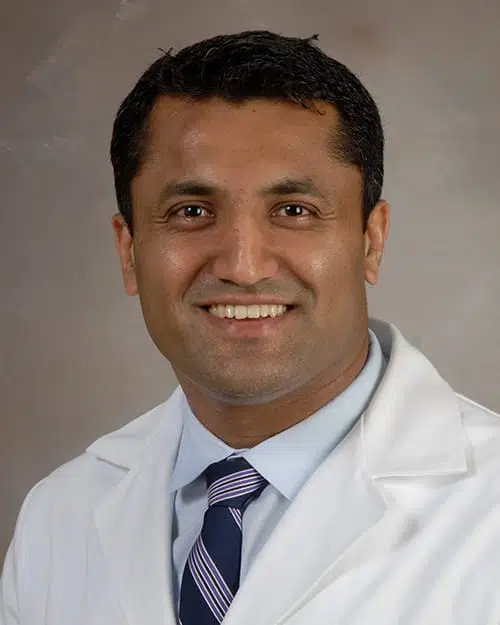
Maternal-Fetal Medicine
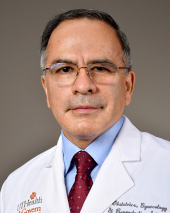
Obstetrics and Gynecology
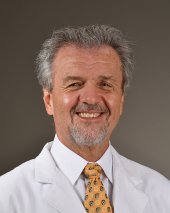
Maternal-Fetal Medicine
Fetal Intervention Fellows

Maternal-Fetal Medicine
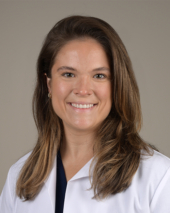
Maternal-Fetal Medicine
Genetic Counseling
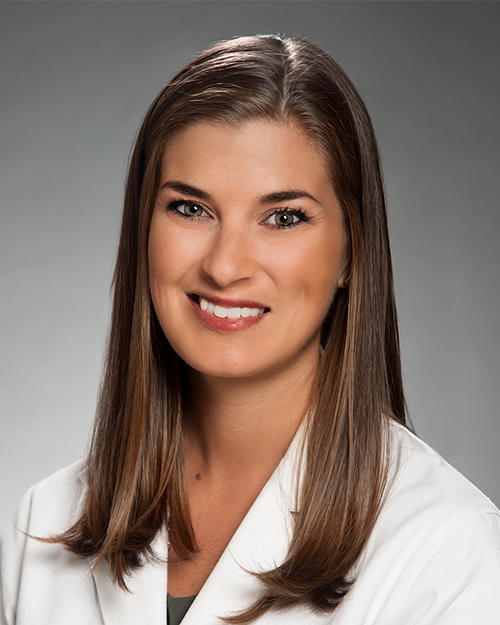
Genetic Counseling
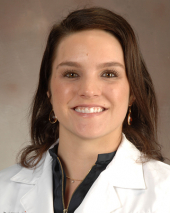
Genetic Counseling
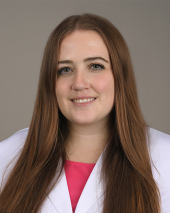
Genetic Counseling
Pediatric Surgery

Pediatric General & Thoracic Surgery
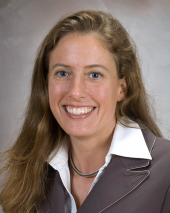
Pediatric General & Thoracic Surgery, Surgery – Critical Care
Pediatric Neurosurgery
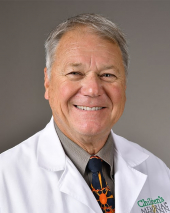
Pediatric Neurosurgery

Pediatric Neurosurgery
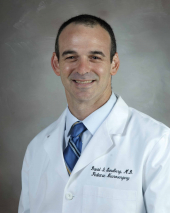
Pediatric Neurosurgery
Neonatology
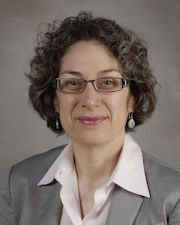
Suzanne Lopez, MD
Neonatology & CAPS

Terri Major-Kincade, MD, MPH
Neonatology & CAPS
Fetal Intervention Physician Assistants

Ryann Wynn, PA

Arielle Kelly, PA
Pediatric Urology

Pediatric Urology
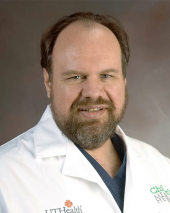
Pediatric Urology
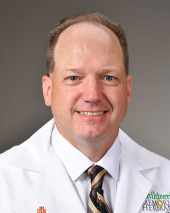
Pediatric Urology
Pediatric Orthopedics

Orthopedic Surgery, Pediatric Orthopedics
Pediatric Nephrology

Pediatric Nephrology
Pediatric Neurology

Pediatric Neurology
Maternal-Fetal Medicine

Maternal-Fetal Medicine

Obstetrics and Gynecology, Maternal-Fetal Medicine
PAs for Maternal Care and Delivery
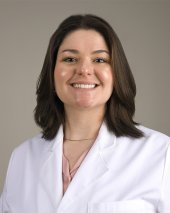
Karlee Krum, PA
